Name George Levick | ||
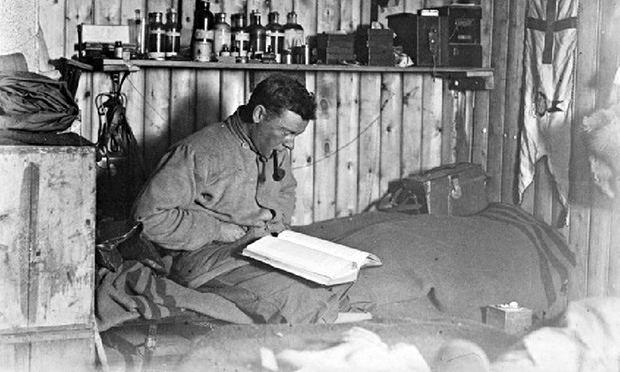 | ||
Died 1956, Polti, Devon, United Kingdom Books Antarctic Penguins: A Study of Their Social Habits, Antarctic penguins | ||
Conserving Levick's Notebook
George Murray Levick (1876–1956) was a British Antarctic explorer, naval surgeon and founder of the Public Schools Exploring Society (now the British Exploring Society).
Contents
- Conserving Levicks Notebook
- Notebook left at base of Captain Scotts last expedition conserved
- Early life
- Terra Nova Expedition
- Second World War
- Death
- Discovery of Levicks notebook
- References
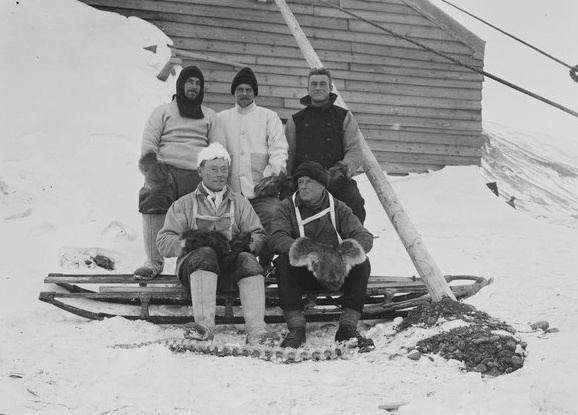
Notebook left at base of Captain Scott's last expedition conserved
Early life
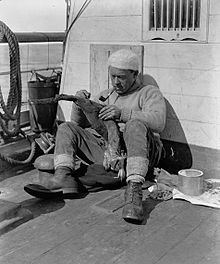
Levick was born in Newcastle upon Tyne, the son of civil engineer George Levick and Jeannie Sowerby. His elder sister was the sculptor Ruby Levick. He studied medicine at St Bartholomew's Hospital and was commissioned in the Royal Navy in 1902. He was secretary of the Royal Navy Rugby Union at its founding in 1907.
Terra Nova Expedition
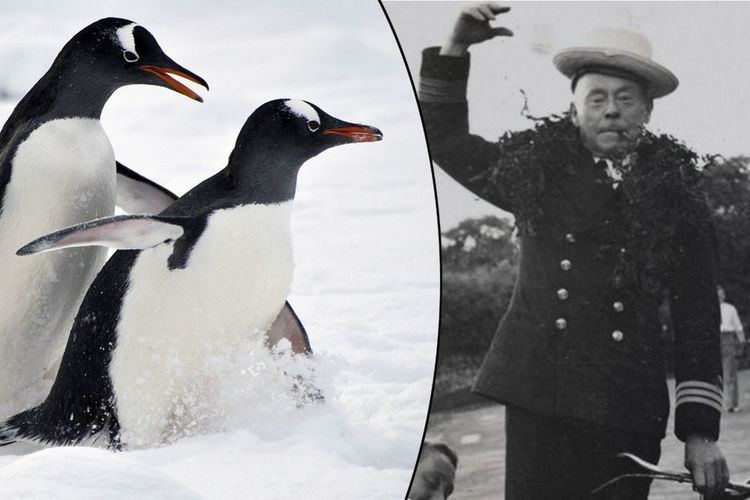
He was given leave of absence to accompany Robert Falcon Scott as surgeon and zoologist on his Terra Nova Expedition. Levick photographed extensively throughout the expedition. Part of the Northern Party, Levick spent the austral summer of 1911–1912 at Cape Adare in the midst of an Adélie penguin rookery. As of June 2012, this has been the only study of the Cape Adare rookery, the largest Adélie penguin colony in the world, performed and he has been the only one to spend an entire breeding cycle there. His observations of the courting, mating, and chick-rearing behaviours of these birds are recorded in his book Antarctic Penguins. His notes about the penguins' sexual habits, which included sexual coercion, sex among males and sex with dead females, were deemed too indecent for publication at the time; So he wrote them in Greek so that only an educated gentleman would be able to read them. They were rediscovered and published in the journal Polar Record in 2012. The discovery significantly illuminates the behaviour of a species that is an indicator of climate change.
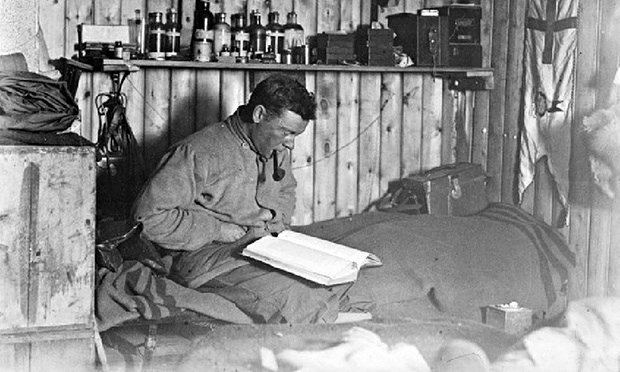
Prevented by pack ice from embarking on the Terra Nova in February 1912, Levick and the other five members of the party (Victor Campbell, Raymond Priestley, George Abbott, Harry Dickason, and Frank Browning) were forced to overwinter on Inexpressible Island in a cramped ice cave. Apsley Cherry-Garrard described the difficulties endured by the party in the winter of 1912:
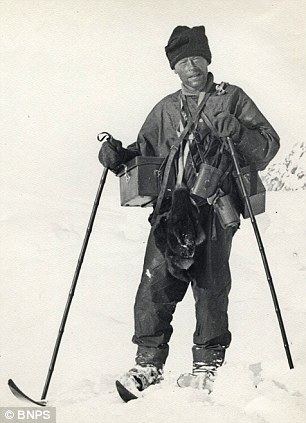
On his return, Levick served in the Grand Fleet and at Gallipoli on board HMS Bacchante in the First World War. He was specially promoted in 1915 to the rank of fleet surgeon for his services with the Antarctic Expedition. He married Edith Audrey Mayson Beeton, a granddaughter of Isabella Beeton, on 16 November 1918.
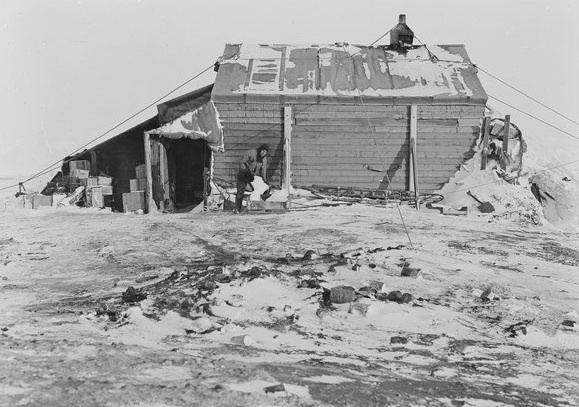
After his retirement from the Royal Navy he pioneered the training of blind people in physiotherapy against much opposition. In 1932, he founded the Public Schools Exploring Society, which took groups of schoolboys to Scandinavia and Canada, and remained its President until his death in June 1956.
Second World War
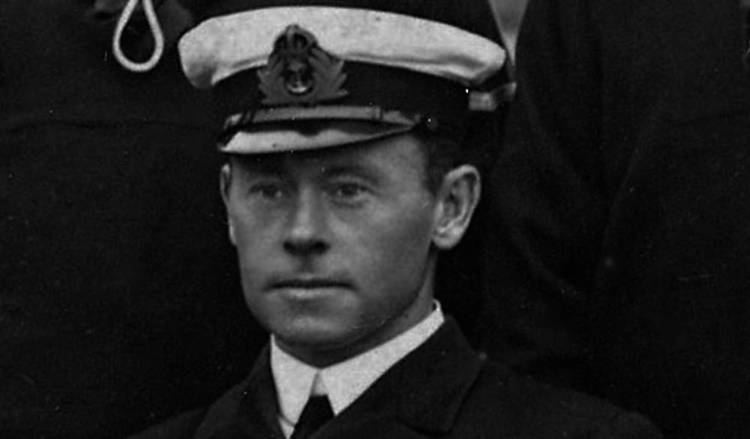
In 1940, he returned to the Royal Navy, at the age of 64, to take up a position, as a specialist in guerilla warfare, at the Commando Special Training Centre at Lochailort, on the west coast of Scotland. He taught fitness, diet and survival techniques, many of which were published in his 1944 training manual Hardening of Commando Troops for Warfare.
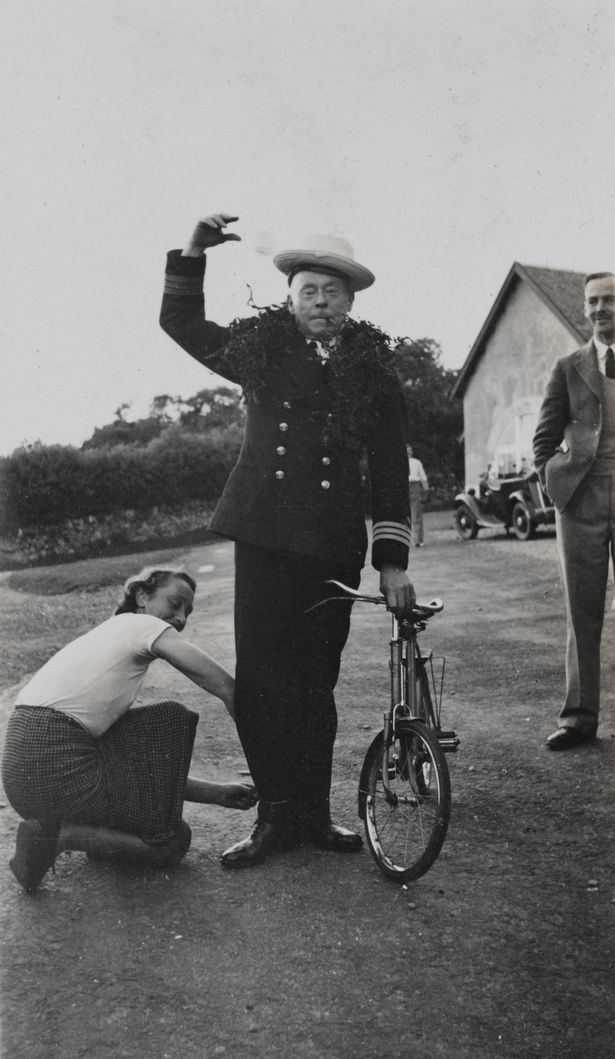
He was one of the consultants for Operation Tracer; in the event that Gibraltar was taken by the Axis powers, a small party was to be sealed into a secret chamber in the Rock of Gibraltar to report enemy movements.
Death
At the time of his death, Major D. Glyn Owen, Chairman of the British Exploring Society wrote:
Discovery of Levick's notebook
In 2013 Levick's notebook was found by a member of the Antarctic Heritage Trust. The notebook is part of the official record of Captain Scott's last expedition. It was found outside Scott's 1911 Cape Evans base. The notebook contains Levick's pencil notes detailing the date, subjects and exposure details for the photographs he took while at Cape Adare. After conservation it was returned to Antarctica.
